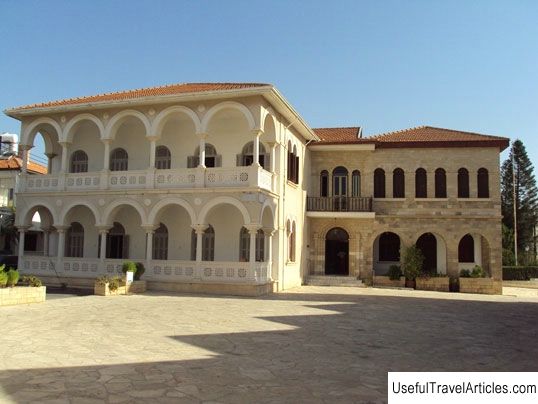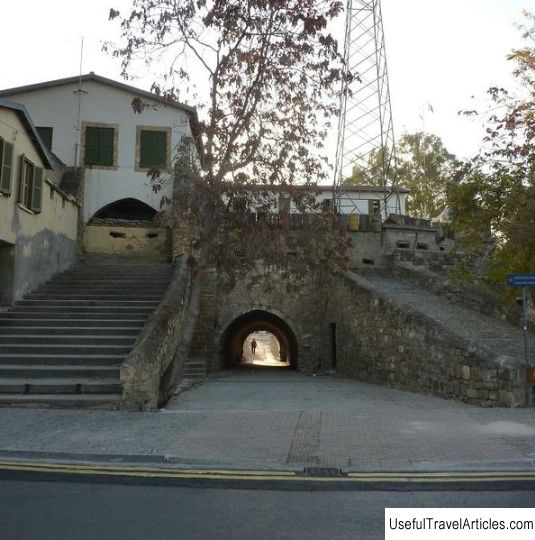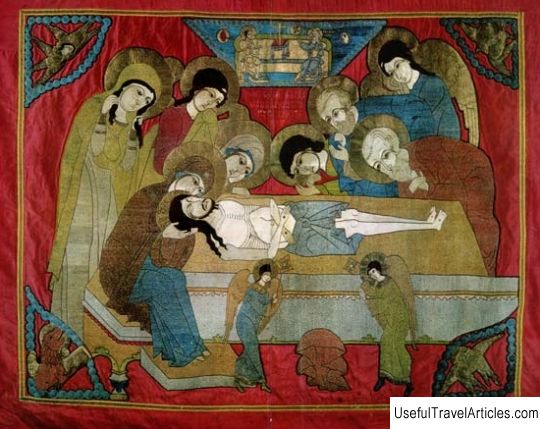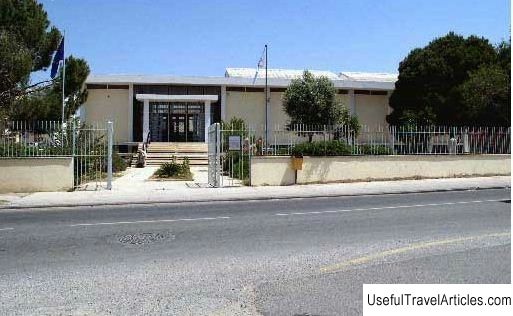Byzantine Museum in the Bishop's Palace (Holy Bishopric of Pafos) description and photos - Cyprus: Paphos
Rating: 7,8/10 (678 votes) 
Byzantine Museum in the Bishop's Palace (Holy Bishopric of Pafos) description and photos - Cyprus: Paphos. Detailed information about the attraction. Description, photographs and a map showing the nearest significant objects. The title in English is Holy Bishopric of Pafos. Photo and descriptionThe Byzantine Museum, located in upper Paphos in the building of the Episcopal Palace next to the Church of St. Fedor, was created on the initiative of Bishop Chrysostomos. Initially, the Pilavakis house was set aside for the museum - it was there, in the period from 1983 to 1989, the main collection was exhibited. Later, the exposition was moved to the East wing of the palace, which the museum still occupies. The main attention in the museum is paid to a huge collection of icons, of which more than a hundred are presented in the exposition. The museum also owns the most ancient "portable" icon of Cyprus - the icon of St. Marina, on which she is depicted as Oranta, and scenes of her martyrdom are painted around the face of the saint. Although the exact date of the icon was not known, scholars believe that it dates back to the 7th or 8th century. when Cyprus was under Arab oppression. Most of the icons in the collection were painted in the traditional Byzantine style from the 12th to the 19th centuries, some of them in the spirit of the Italian Renaissance of the 15th-16th centuries. In later icons, you can see elements of Baroque and Rococo. In addition to icons, the museum also displays fragments of wall paintings that were found on the ruins and ruins of old churches and temples, such as the Church of St. Theodore in Hulu and the church the long-destroyed monastery of Chrysolacourne. There you can also see wood and metal products, which, unfortunately, are presented in very small quantities, but they are striking in their beauty. For the most part, these are fragments of carved wooden iconostases, which were also once located in now no longer existing temples.      We also recommend reading House with a clock (City administration building) description and photos - Abkhazia: Sukhumi Topic: Byzantine Museum in the Bishop's Palace (Holy Bishopric of Pafos) description and photos - Cyprus: Paphos. |




